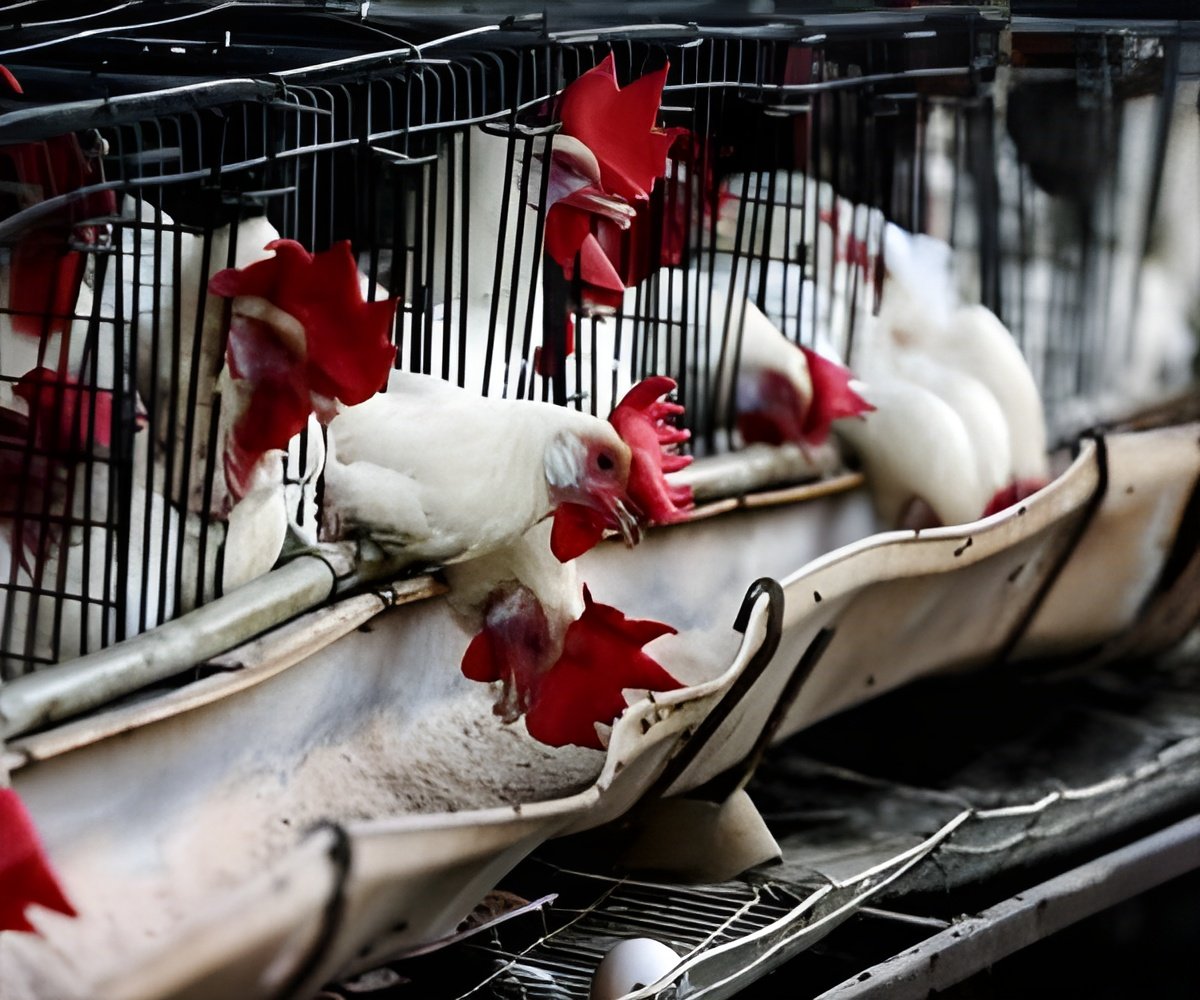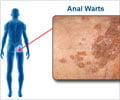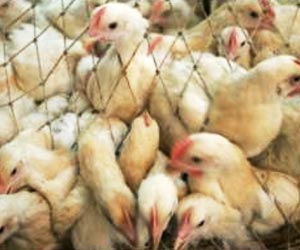Bird flu outbreak: New mutation in avian influenza virus (H5N1) could be the next human pandemic, warn health experts.

Is H5N1 Bird Flu a Human Risk?
According to the European Centre for Disease Control (ECDC), the risk of spread from human to human remains low but the new changes seen are 'concerning'. It also suggests that the potential risk to humans spillover is increasing Last month, Chile's Health Ministry confirmed that a 53-year-old man has tested positive for H5N1 virus. The man was reported to be in serious but stable condition with severe pneumonia.‘Watch out! Now bird flu virus (avian influenza virus H5N1) is also mutating like COVID-19 virus.’
Read More..




As per officials from the US Centers for Disease Control and Prevention, a sample of the virus isolated from the man contains two genetic mutations that are signs of adaptation to mammals, The New York Times reported. Read More..
In experimental animal studies, the mutations, both of which are in what is known as the PB2 gene, have previously been shown to help the virus replicate better in mammalian cells.
The risk to the public remains low, health officials said, adding that no additional human cases have been linked to the Chilean man who remains hospitalized.
Importantly, the sample did not contain other critical genetic changes that scientists believe would be necessary for H5N1 to spread efficiently among humans, including mutations that would stabilize the virus and help it bind more tightly to human cells, The New York Times reported.
"There are three major categories of changes we think H5 has to undergo to switch from being a bird virus to being a human virus," Richard J. Webby, a bird flu expert at St. Jude Children's Research Hospital, was quoted as saying.
Advertisement
Globally, there have been 874 human cases, including 458 deaths (case-fatality rate: 52.4 per cent), of human infection with avian influenza A (H5N1) reported in 23 countries since 2004. To date, no human to-human transmission has been detected, the ECDC said.
Advertisement
The PB2 gene was recently identified in mink in Spain.
How Serious is H5N1?
H5N1 jumped from wild birds to thousands of farmed animals -- within weeks, more than four percent had died from hemorrhagic pneumonia. In total, 50,000 mink were culled, The Telegraph reported.Experts noted that an increase in mammalian transmission could spur a greater risk to humans.
Last month, a woman in China was hospitalized with H5N1, while a young girl died earlier this month and her father was quarantined in Cambodia after contracting the virus.
It was found during the sequencing of the Cambodia cases that the virus did have the mutations expected to allow it to infect humans but there were no signs that the pathogen has changed to better spread between people, the report said.
Source-IANS













